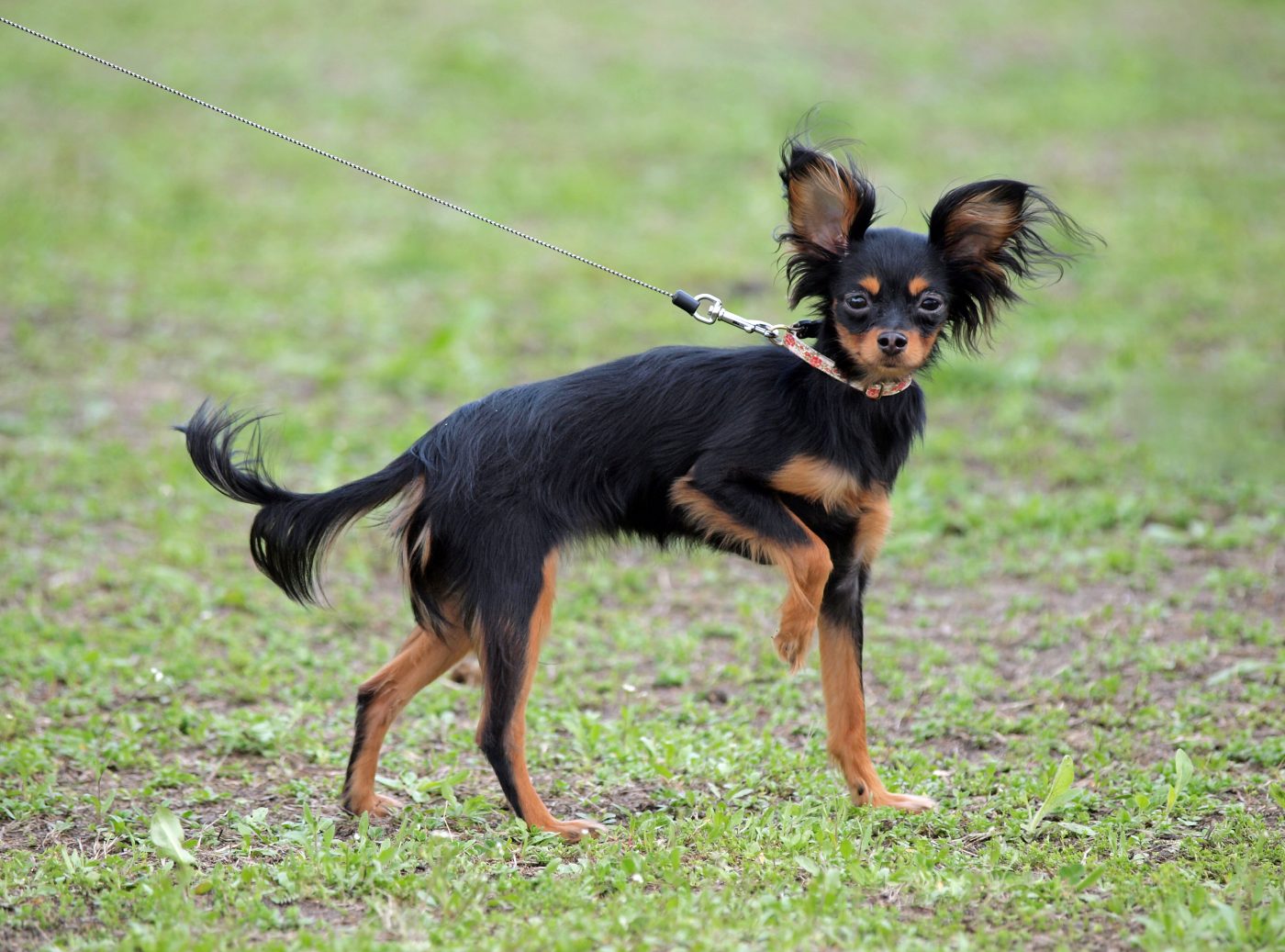 Shutterstock
Shutterstock
Humans bred dogs for specific jobs for centuries, from hunting and guarding to herding and other unique tasks. As society changed, many of these roles disappeared, leaving some breeds without their original purpose. Some hunted now-protected animals, others guarded livestock no longer at risk, and a few worked in vanished industries. While they no longer perform these duties, their instincts and traits remain. Today, many of these dogs thrive as beloved pets, carrying the legacy of their working past in their personalities and behaviors.
Otterhound
 Shutterstock
Shutterstock
The Otterhound was originally bred in England to hunt otters, a job that has long since vanished. These large, shaggy dogs were highly skilled at tracking and diving into rivers to catch their slippery prey. However, the breed lost its primary purpose when otter hunting was banned due to conservation efforts. Today, the Otterhound is one of the rarest dog breeds worldwide. Despite no longer chasing otters, they still have an incredible sense of smell and a love for water, making them excellent swimmers and playful companions.
Dandie Dinmont Terrier
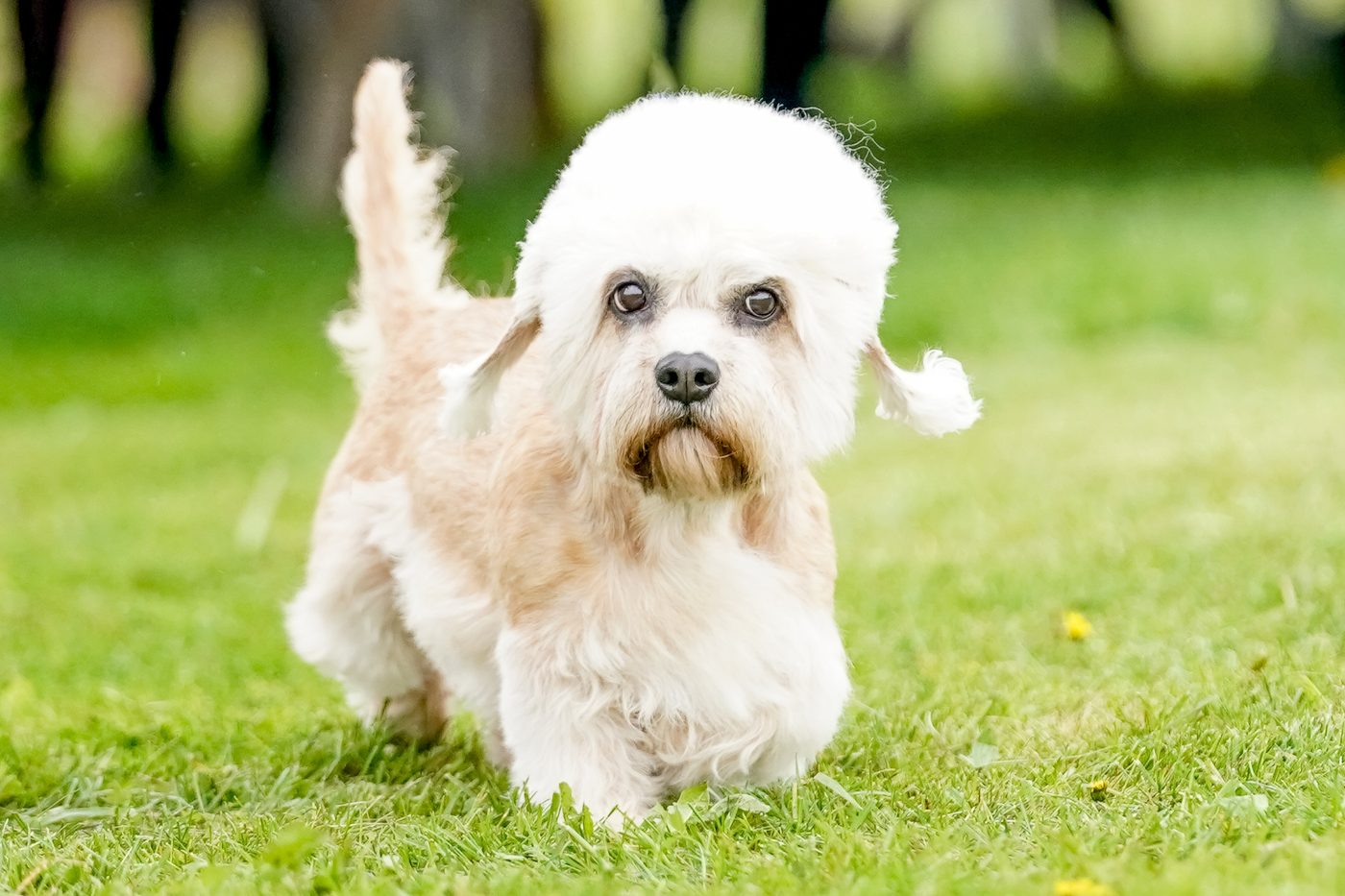 Shutterstock
Shutterstock
Dandie Dinmont Terriers were originally bred to hunt badgers and otters, but their job faded away as these animals became protected. With their distinctive long bodies and big personalities, they were perfectly suited for burrowing into dens and flushing out their prey. While they are no longer needed for their original purpose, Dandie Dinmonts remain charming and loyal companions. Today, they are rare but beloved by those who appreciate their tenacity and affectionate nature.
Newfoundland
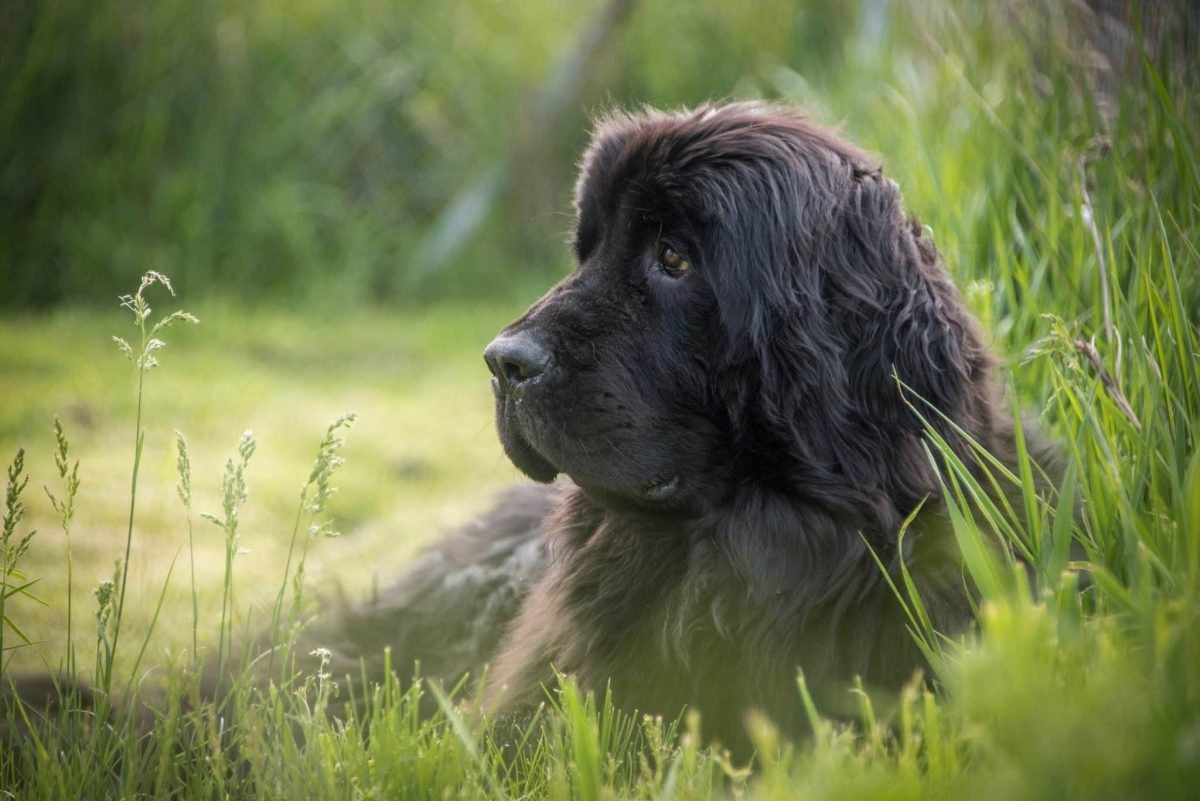 Shutterstock
Shutterstock
Newfoundlands were once essential for Canadian fishermen, helping haul nets, retrieve lost gear, and even rescue drowning sailors. These giant, water-loving dogs had webbed feet and thick coats, allowing them to brave freezing waters. As fishing methods evolved and rescue technology improved, Newfoundlands lost their working role. However, they still retain their love of water and are known for their gentle, friendly personalities. Many still enjoy swimming and participating in water rescue demonstrations.
Bergamasco Sheepdog
 Shutterstock
Shutterstock
The Bergamasco Sheepdog was bred to herd livestock in the Italian Alps, using its unique matted coat as protection against harsh weather. These hardworking dogs were essential to shepherds, helping guide flocks through mountainous terrain. However, as farming methods changed and herding dogs became less necessary, their role diminished. Today, they are mostly kept as companion animals, still carrying their signature dreadlock-like coat and strong herding instincts.
Braque du Puy
 Shutterstock
Shutterstock
The Braque du Puy was a French hunting dog developed for speed and agility, primarily used for small game hunting in open fields. They were highly skilled at tracking and pointing but lost popularity as other hunting breeds proved more versatile. As hunting techniques evolved and demand for them decreased, the breed faded into obscurity. Today, the Braque du Puy is considered extinct, but it contributed to the development of several modern pointing breeds.
Tibetan Mastiff
 Shutterstock
Shutterstock
Tibetan Mastiffs were once fierce guardians of monasteries and livestock in the Himalayan mountains. Their massive size and protective nature made them perfect for warding off wolves and intruders. However, as fewer nomadic herders rely on dogs for protection, the Tibetan Mastiff’s traditional role has declined. Instead, they have found a new life as family companions—though their independent streak and strong-willed nature mean they are best suited for experienced owners.
Schipperke
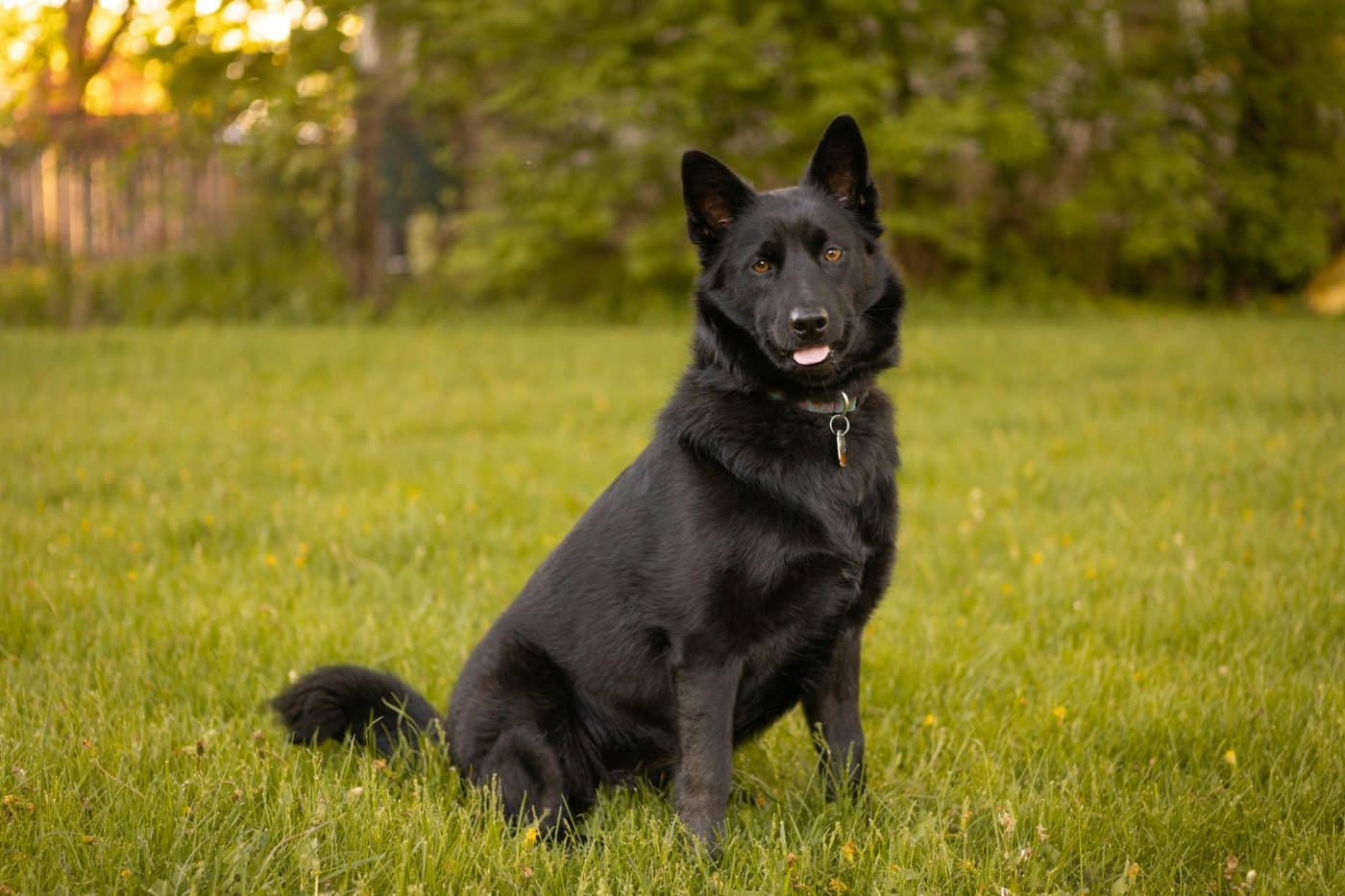 Shutterstock
Shutterstock
The Schipperke was originally bred to guard canal boats in Belgium, keeping rats away and alerting their owners to danger. These small but fearless dogs patrolled the decks of boats, ensuring that no unwanted guests—human or rodent—boarded. As transportation evolved and boat travel declined, Schipperkes no longer had their historic job. Today, they are energetic pets with a strong prey drive, always ready to chase anything that moves.
Russian Toy
 Shutterstock
Shutterstock
The Russian Toy was once a prized companion dog for Russian aristocracy, but it also served a practical purpose—catching rats in royal palaces. These tiny, elegant dogs were adept at keeping grand homes free of rodents. However, with modern pest control and the fall of the Russian aristocracy, their rat-catching days ended. The breed nearly went extinct but has returned as a beloved lapdog known for its playful and affectionate nature.
Irish Wolfhound
 Shutterstock
Shutterstock
Irish Wolfhounds were originally bred to hunt wolves and protect livestock in medieval Ireland. Their enormous size and speed made them ideal for taking down large prey. However, as wolves became extinct in Ireland, the breed’s job also disappeared. Instead of being fierce hunters, they became gentle giants known for their calm and affectionate personalities. While no longer chasing wolves, they still carry an air of nobility and grace.
Keeshond
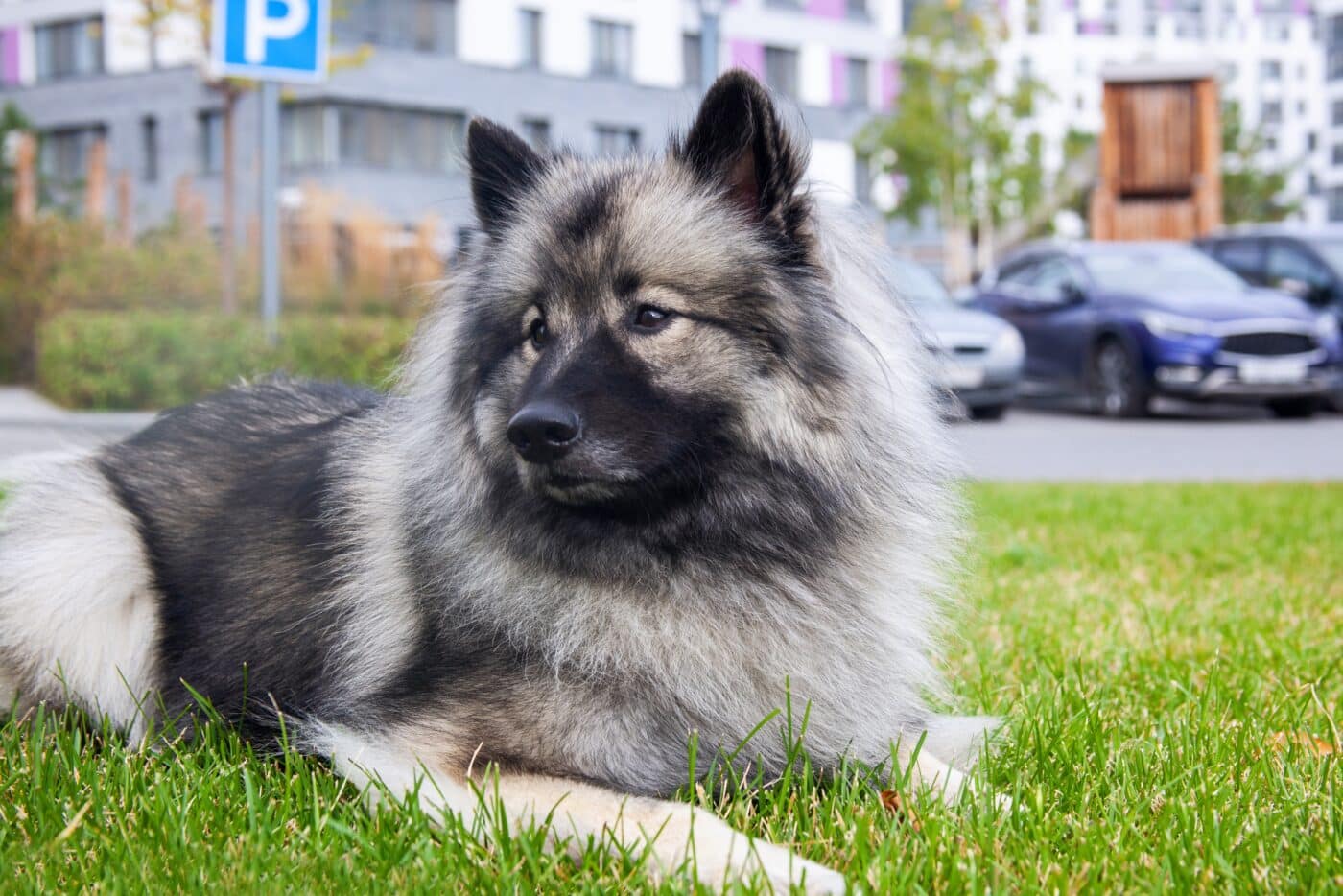 Shutterstock
Shutterstock
The Keeshond once had an unusual role as a watchdog on Dutch riverboats, where they served as both companions and protectors. These fluffy, alert dogs were excellent at warning their owners of approaching strangers. However, their role as boat guards faded as shipping and transportation methods modernized. Despite this, Keeshonds have retained their friendly and social nature, making them fantastic family pets.
Norwegian Lundehund
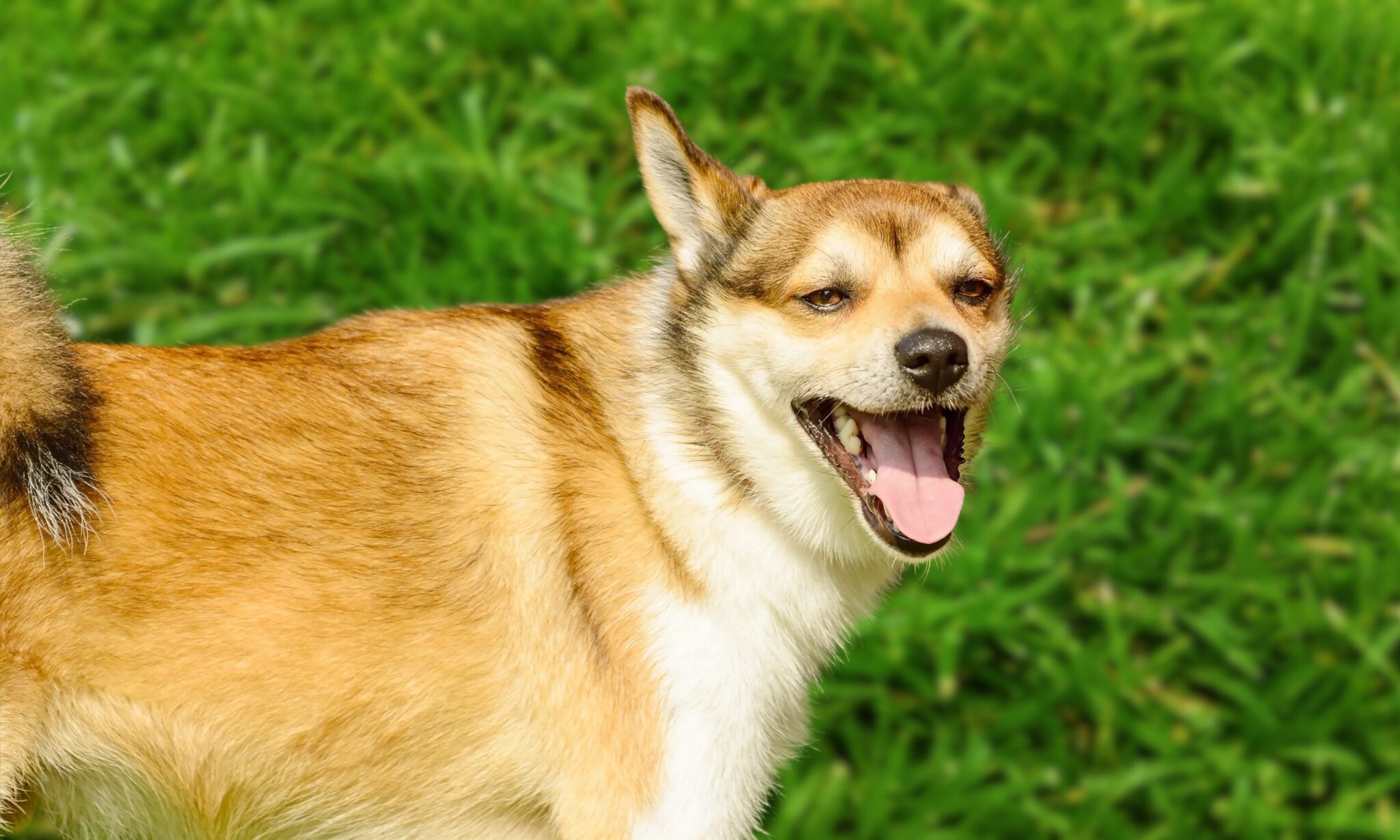 Shutterstock
Shutterstock
The Norwegian Lundehund was bred for one very specific job—hunting puffins. These small, agile dogs had extra toes and flexible joints, allowing them to climb rocky cliffs and retrieve birds for their owners. As puffin hunting declined, the breed nearly went extinct, having lost its primary role. Today, it is a rare but fascinating breed, known for its quirky personalities and unique physical traits.
Dalmatian
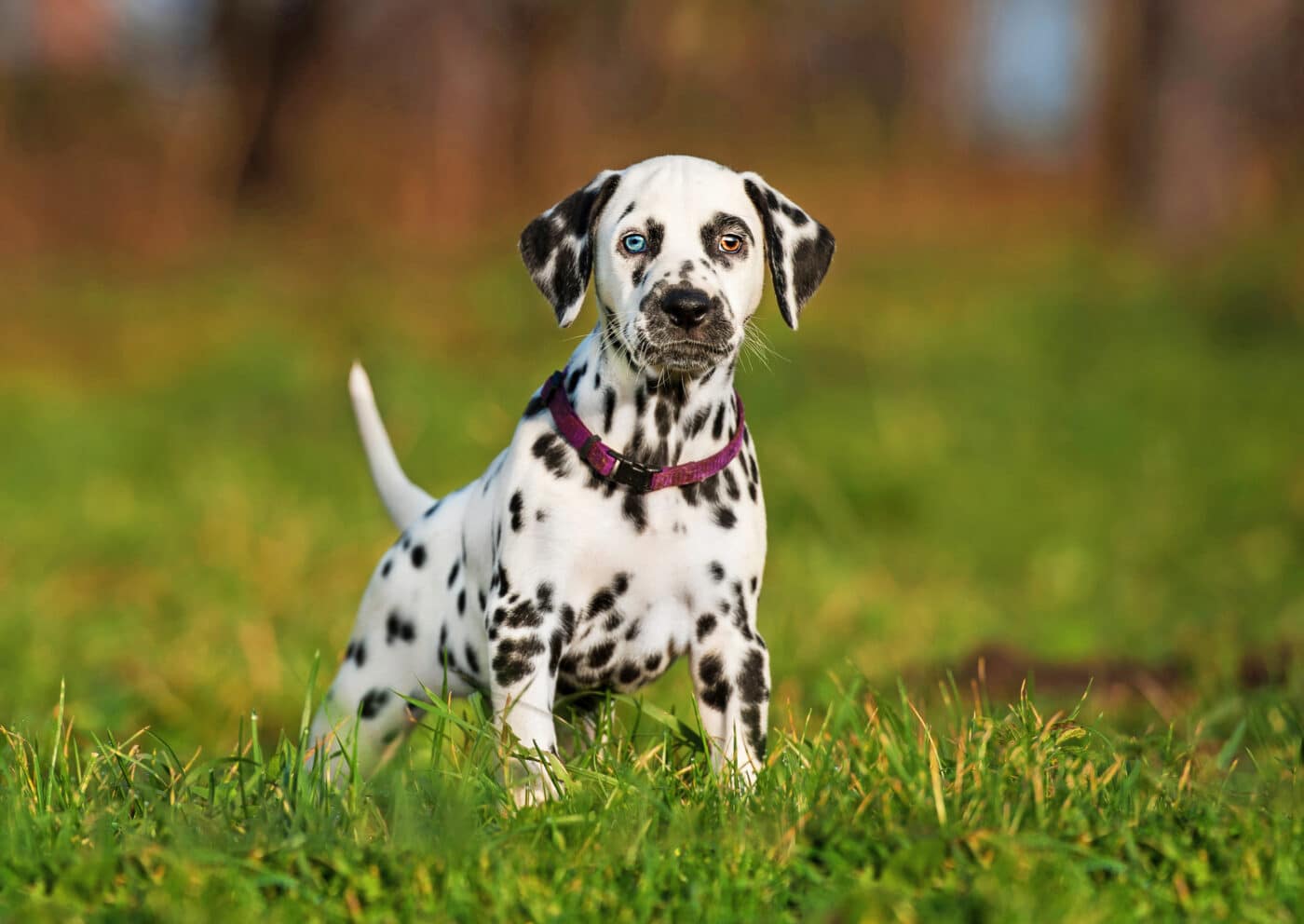 Shutterstock
Shutterstock
Dalmatians are best known for associating with firehouses but were originally bred to run alongside horse-drawn carriages. Their job was to clear the path and protect the horses from threats. As motorized vehicles replaced horse-drawn transport, the Dalmatian’s job became obsolete. While they are no longer needed as carriage dogs, they remain energetic and loyal companions, often serving as mascots for fire departments.
Affenpinscher
 Shutterstock
Shutterstock
The ” monkey dog, ” the Affenpinscher,” was bred to rid homes and stables of rats and other pests. Their small size and feisty attitude made them excellent hunters of vermin. However, their rat-catching skills are no longer needed with modern pest control methods. Instead, they have become playful and affectionate lapdogs, bringing joy to their families with their quirky personalities.
Clumber Spaniel
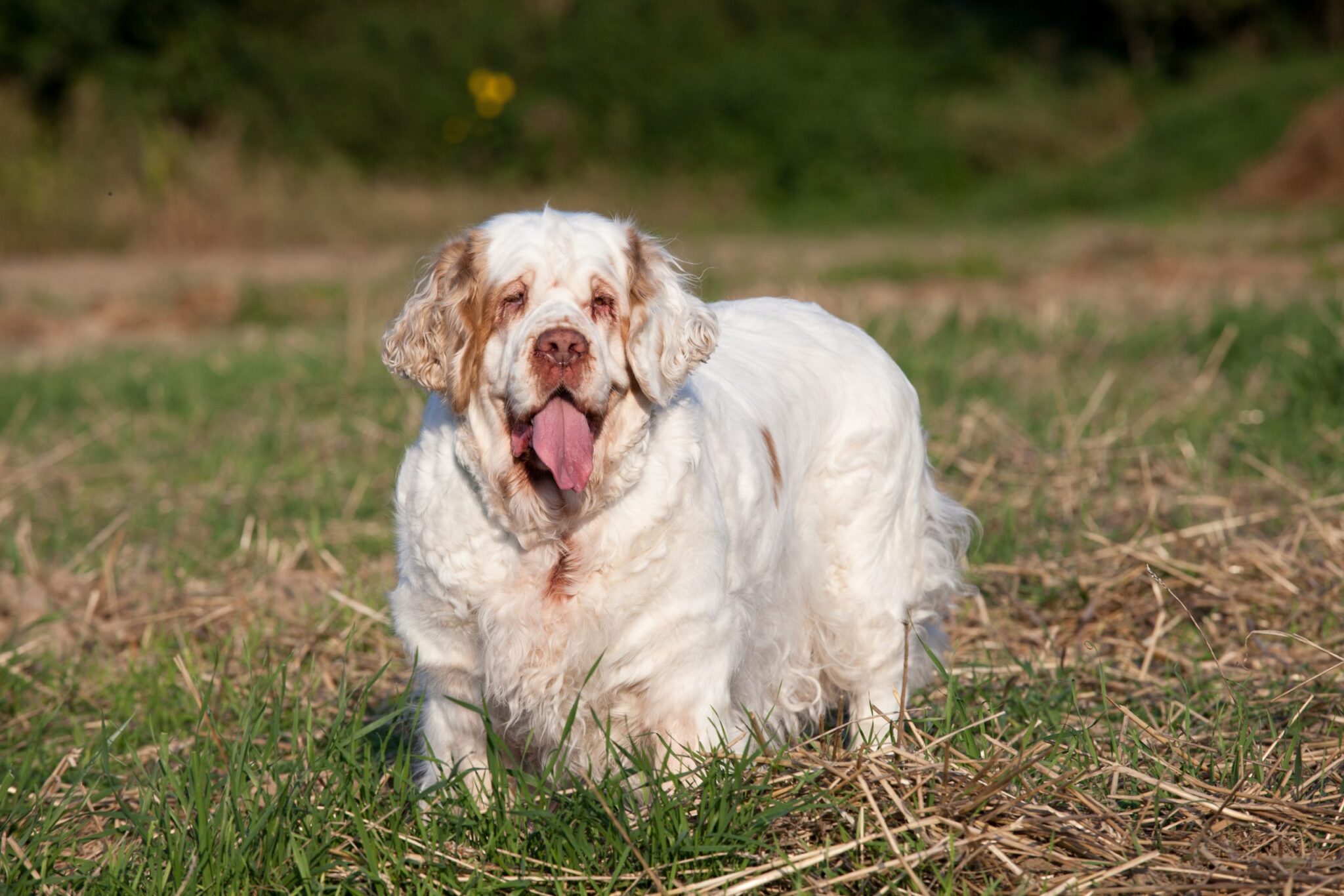 Shutterstock
Shutterstock
Clumber Spaniels were originally bred to flush out game birds in dense underbrush for hunters. Their slow and steady hunting style was highly valued in the 18th and 19th centuries. However, as hunting methods changed and more energetic breeds took over, Clumber Spaniels lost their role in the field. Today, they are known as relaxed and affectionate companions, enjoying a far more comfortable lifestyle.
Löwchen
 Shutterstock
Shutterstock
The Löwchen, or “Little Lion Dog,” was bred primarily as a companion dog for European nobility. Still, it also had a surprising role—warming the laps of aristocrats in drafty castles. Their distinctive lion-like haircut was intended to help them provide warmth while maintaining mobility. As castles became less chilly and the nobility lost their influence, the Löwchen’s job became unnecessary. Today, they are beloved for their cheerful personalities and luxurious coats.
The Unemployed but Unforgettable
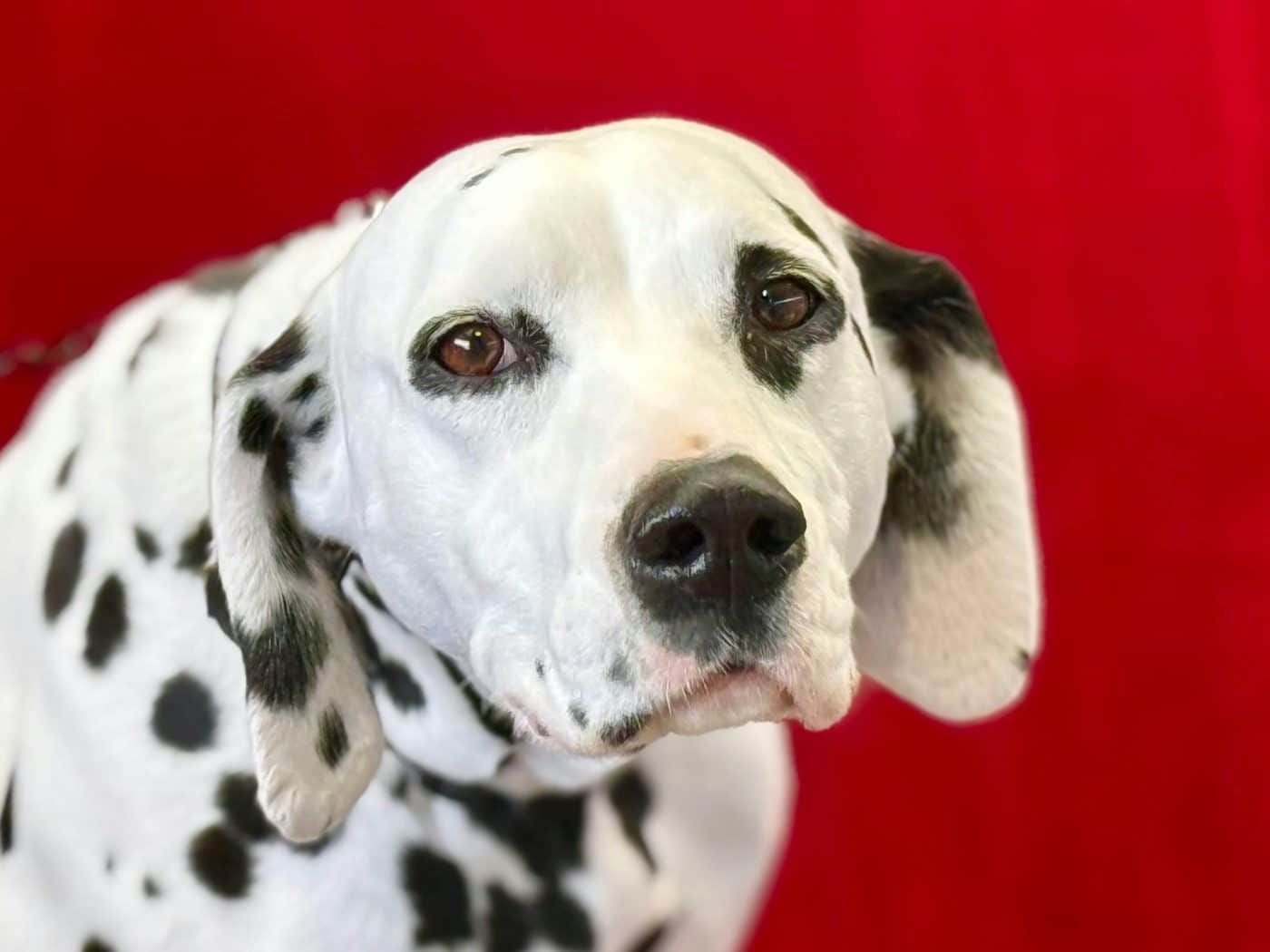 Shutterstock
Shutterstock
These breeds may have lost their original jobs, but they still retain the intelligence, charm, and instincts that once made them invaluable. Whether they guarded castles, hunted wolves, or even turned roasting spits, their history is a testament to the deep bond between humans and dogs. While their working days may be over, they continue to bring joy, loyalty, and companionship to families worldwide. Sometimes, a dog’s most significant role isn’t a job—it’s simply being a beloved and devoted family member.

 2 weeks ago
13
2 weeks ago
13
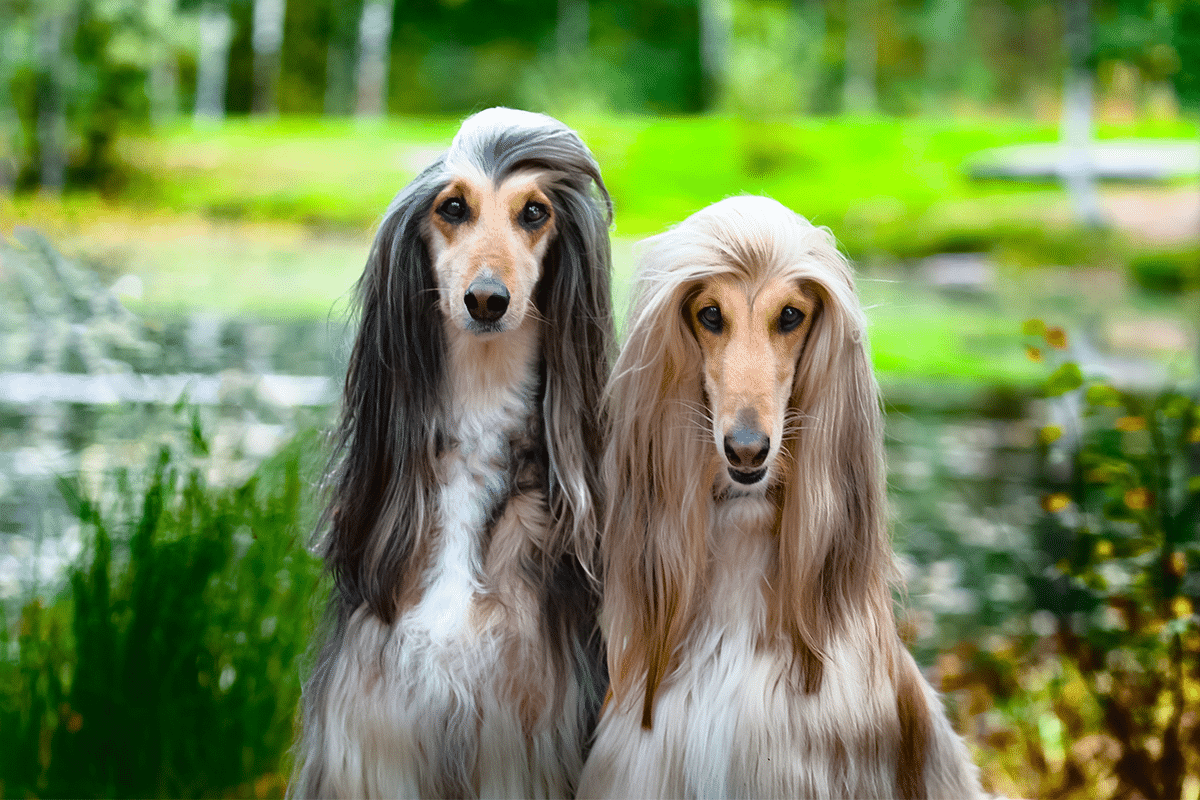
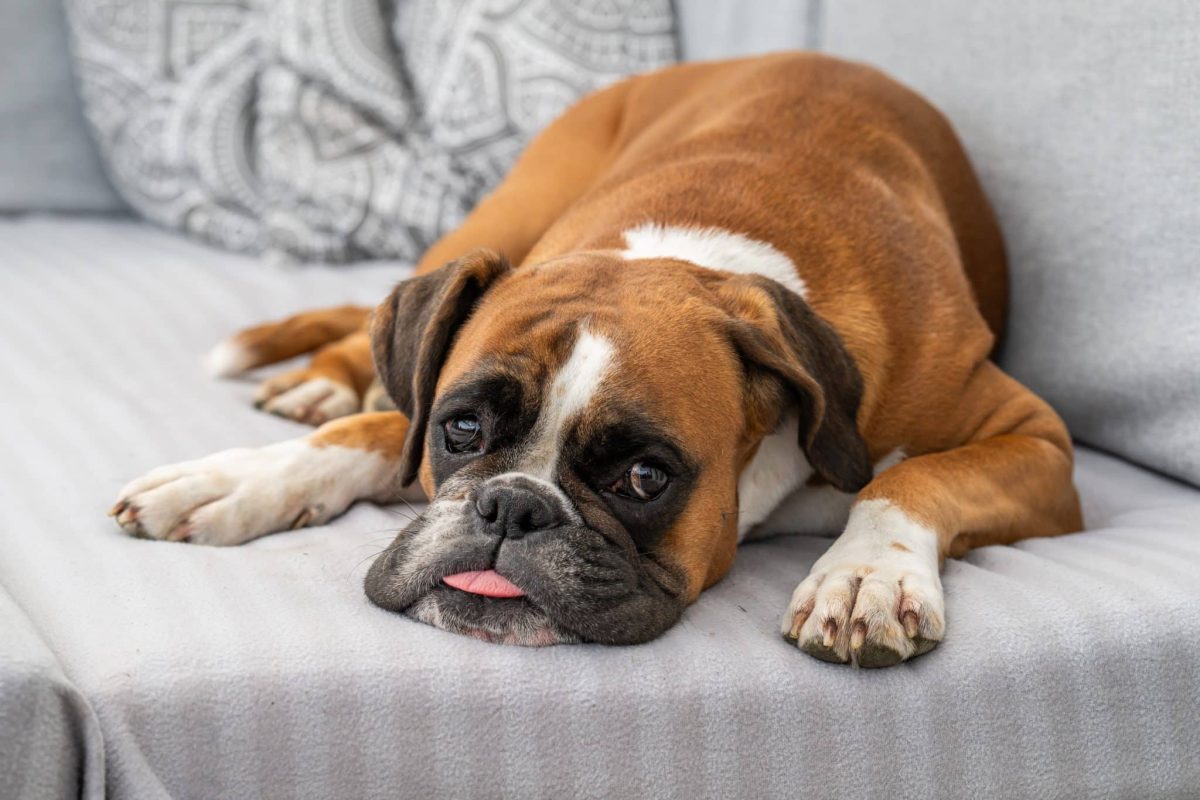
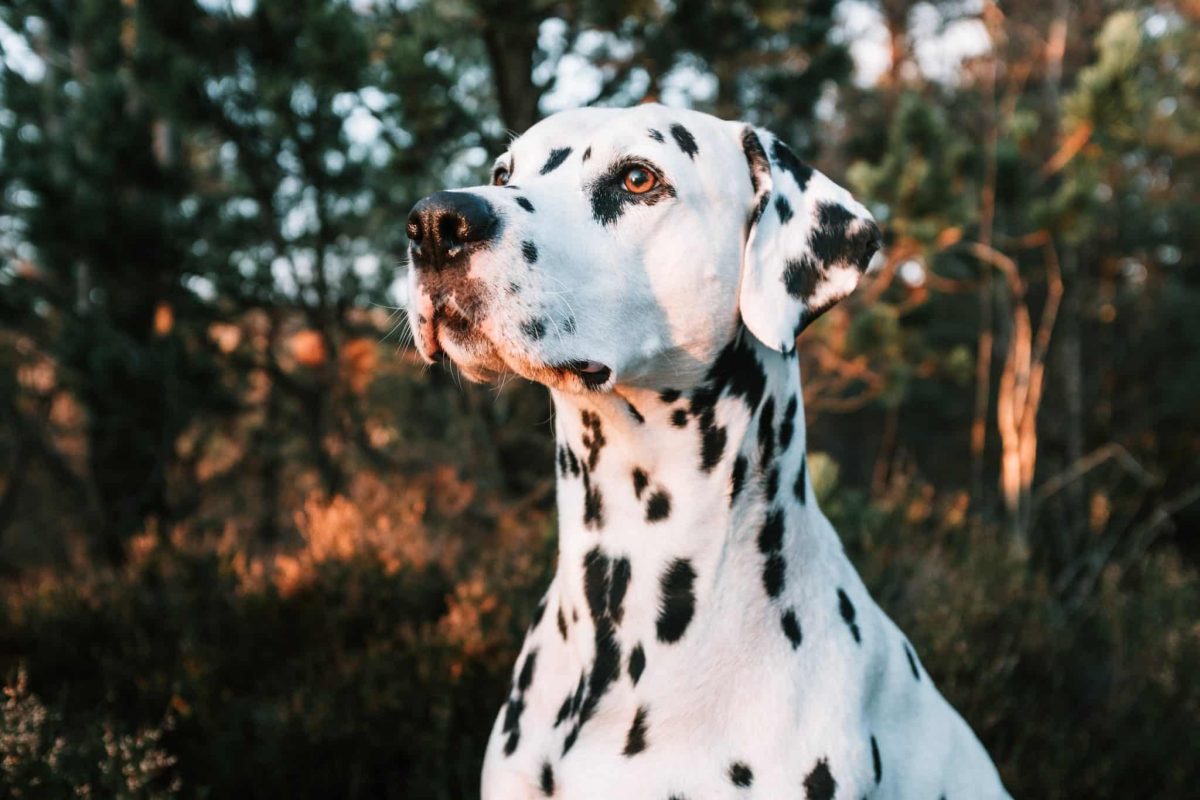


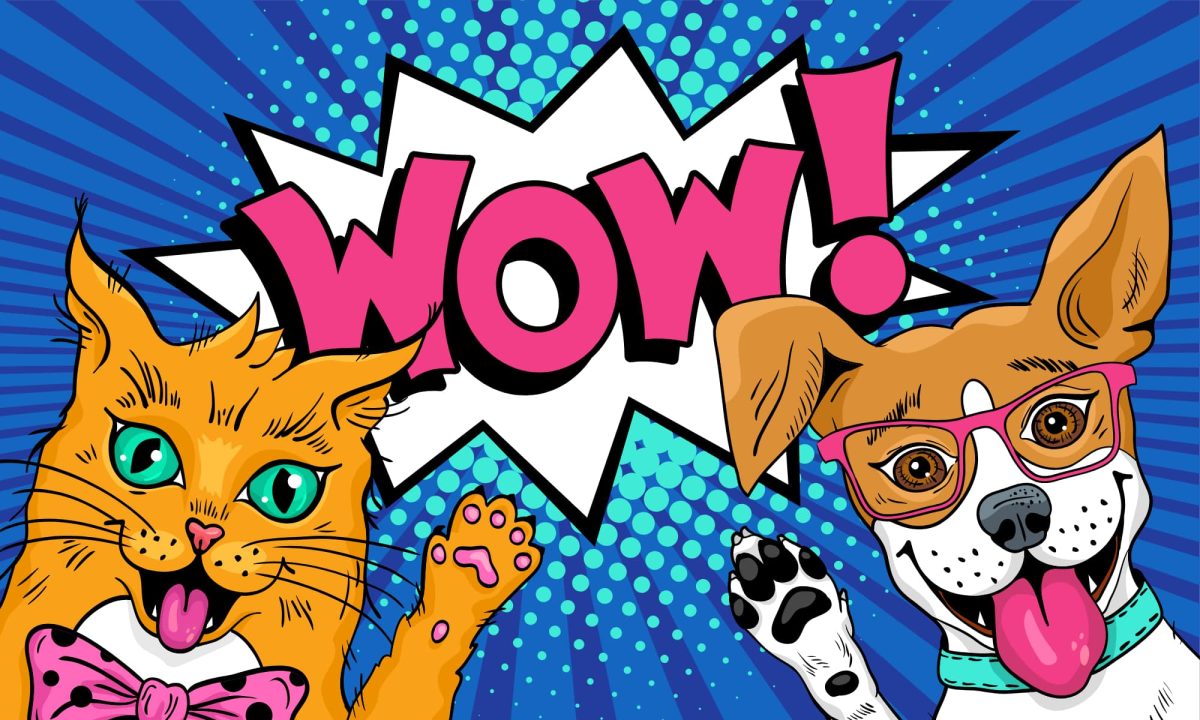

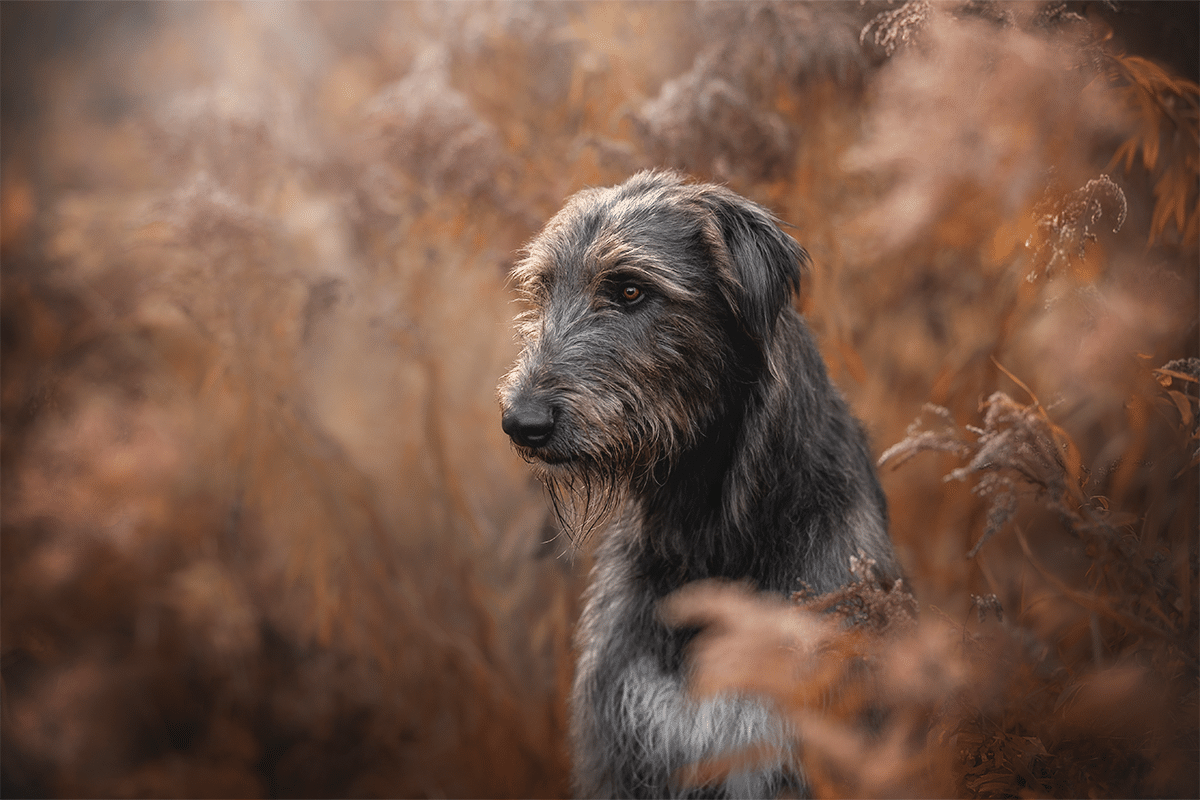
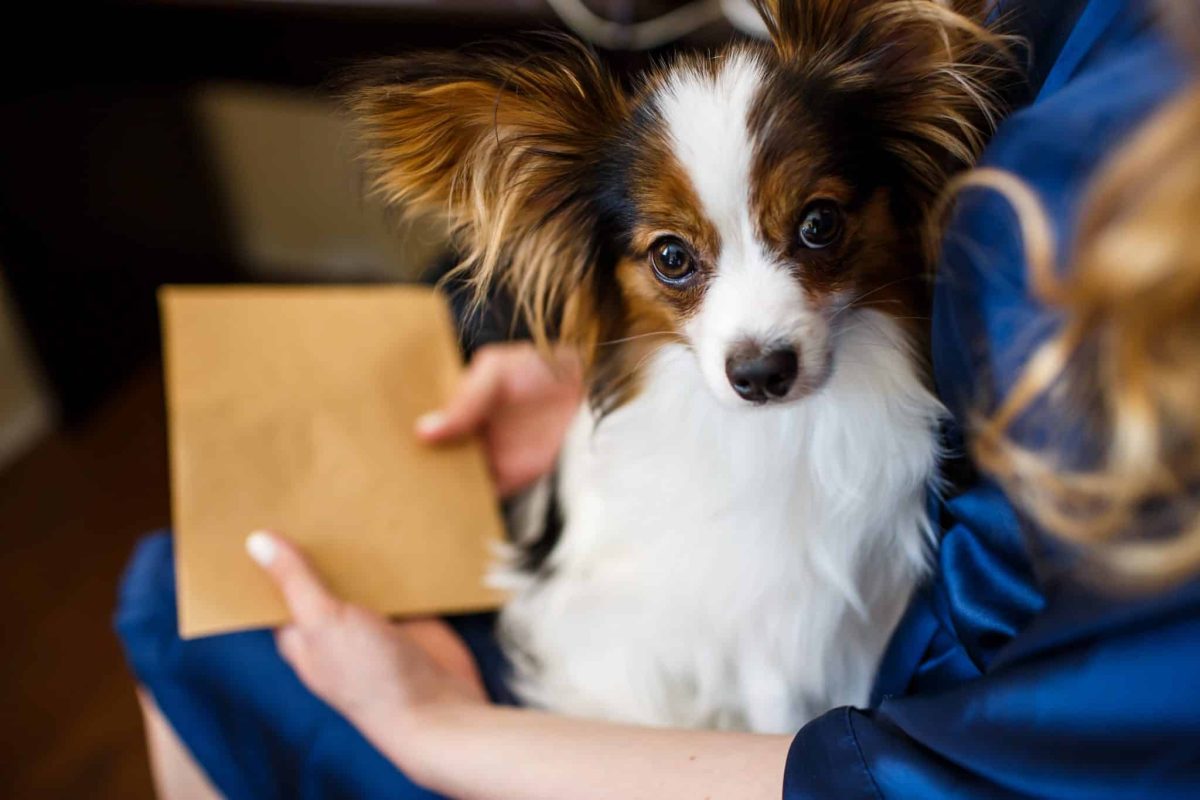









 English (US) ·
English (US) ·